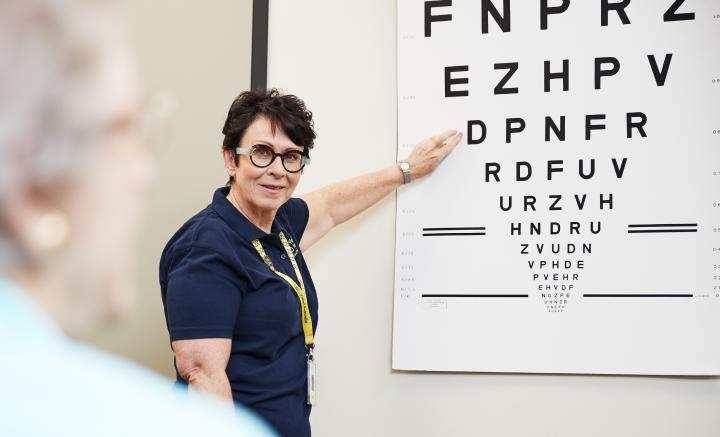Bardet Biedl syndrome
Bardet-Biedl syndrome (BBS) affects several aspects of a patient, most notably vision impairment due to retinal dystrophy. Patients also may have extra fingers or toes, kidney dysfunction, obesity and learning difficulties.
Symptoms
Difficulty in seeing in the dark, development of blind spots in vision, tunnel vision, reduced acuity and loss of colour perception. Other symptoms include: Extra fingers or toes. Obesity in childhood Abnormalities of the genitalia and infertility due to hypogonadism Learning disorders
Cause
Genetic disease (inherited retinal dystrophy)
Prevalence
1:250,000 people
Unique traits
Some people with BBS lose most of their vision by their mid-teens, but others have maintained enough vision to drive into their 30s. More common in Canada and Middle Eastern populations.
Similar conditions
Variety of inherited retinal dystrophies (ie: rod/cone dystrophy, etc), Prader-Willi Syndrome, Laurence-Moon syndrome. Treatment: Current treatments address the symptoms, eg. vision aids, orientation and mobility training, weight management, speech therapy etc.











